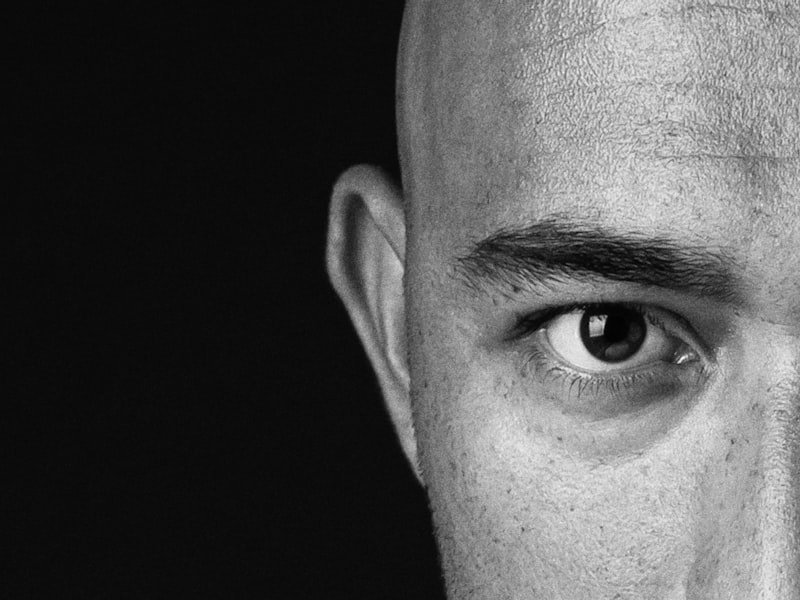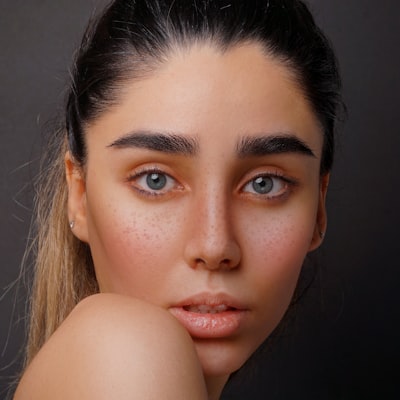Benefits and Precautions of Massage


Massage of the soft tissues in the body is one way to relieve pain and stress. This is usually done by using the knees, elbows as well as hands. There are many kinds of massage. There are three primary kinds of massages including sports, deep tissue and Swedish. Additionally, there are many benefits to massage, as well some precautions that you must take into consideration before you start your treatment.
Benefits
Massage can help relieve pain from chronic conditions like arthritis or low back pain. Massage can also be used to relieve stress and relax. Massage is a great way to improve sleep and help reduce anxiety. More than a third of Americans have received at least one massage during the last year. In those who had massages 41 percent, they said they sought a massage because of health reasons.
Recent studies have shown that massage may improve sleep quality for sufferers who are anxious or depressed. Additionally, patients were more relaxed when they received a massage. It could be due with the fact that massage helps reduce stress and makes individuals fall asleep more quickly. Additionally, massage helps promote better sleep for people suffering from insomnia. Massage is also able to reduce the levels of cortisol, a hormone that disrupts sleep.
Techniques
There are a variety of massage techniques to help relax your body. Effleurage is a process that makes use of the palms to push against the skin. Also known as rhythmic stroking. 송도출장마사지 It aids in stretching the tissues and improves blood circulation. It is also an effective means to reduce tension and strain and eliminate waste products from the muscles.
The massage therapist has the ability to adjust the amount of pressure and speed of the techniques they use according to the personal needs of the client. In general, they begin with gentle strokes before working gradually to greater tension. It doesn't mean that the massage therapist must apply pressure too heavily to the areas that are sensitive.
Side effects
A majority of people will not suffer any negative side effects following an oil massage. But, some might experience discomfort or irritation for up to one week. It's normal to have this side effect due to tension during massage. It is important to avoid doing too much massage, and to follow the correct technique in order to prevent inflammation of tissues.
If you're pregnant you must avoid massage because it can cause harm to your future baby. Massages on broken or open bone may cause blood clot. It is very dangerous because it is possible that it will be transmitted to your brain or your heart and cause strokes and heart attacks. If you suffer from any sort of bleeding disorders, discuss with your doctor prior to having massage.
Take care
Before you begin a massage you should consult with your physician or medical professional. Some massage treatments aren't advised for all. These patients may have unfavorable reactions to treatment, even though the client is otherwise fit and healthy. You should also be aware that certain medications may result in adverse effects from massage therapy.
If you're not sure of the condition of your client's health, inquire about their past medical history and keep any records that you have. The information you gather will help you avoid exposing others to contagious illnesses. Additionally, it is important to be aware of any allergies your clients may have. Your equipment should be kept tidy. Additionally, your Therapist should be hygienic.
Histories
Massage therapy's history dates as far back as the 17th century, which is when surgeons and doctors began using massage therapy to treat patients. They began with women with no experience and were hired by surgeons and doctors in order to treat patients using basic techniques for massage. They gained recognition before becoming a registered profession within the United States.
The ancient Greeks used massage as a tool for healing as well as a way to adhere to the Hippocratic Oath. The practice then spread into Japan which was where it was further developed. The practice was later adapted by Japanese monks around the 19th century to create what we call Shiatsu.
